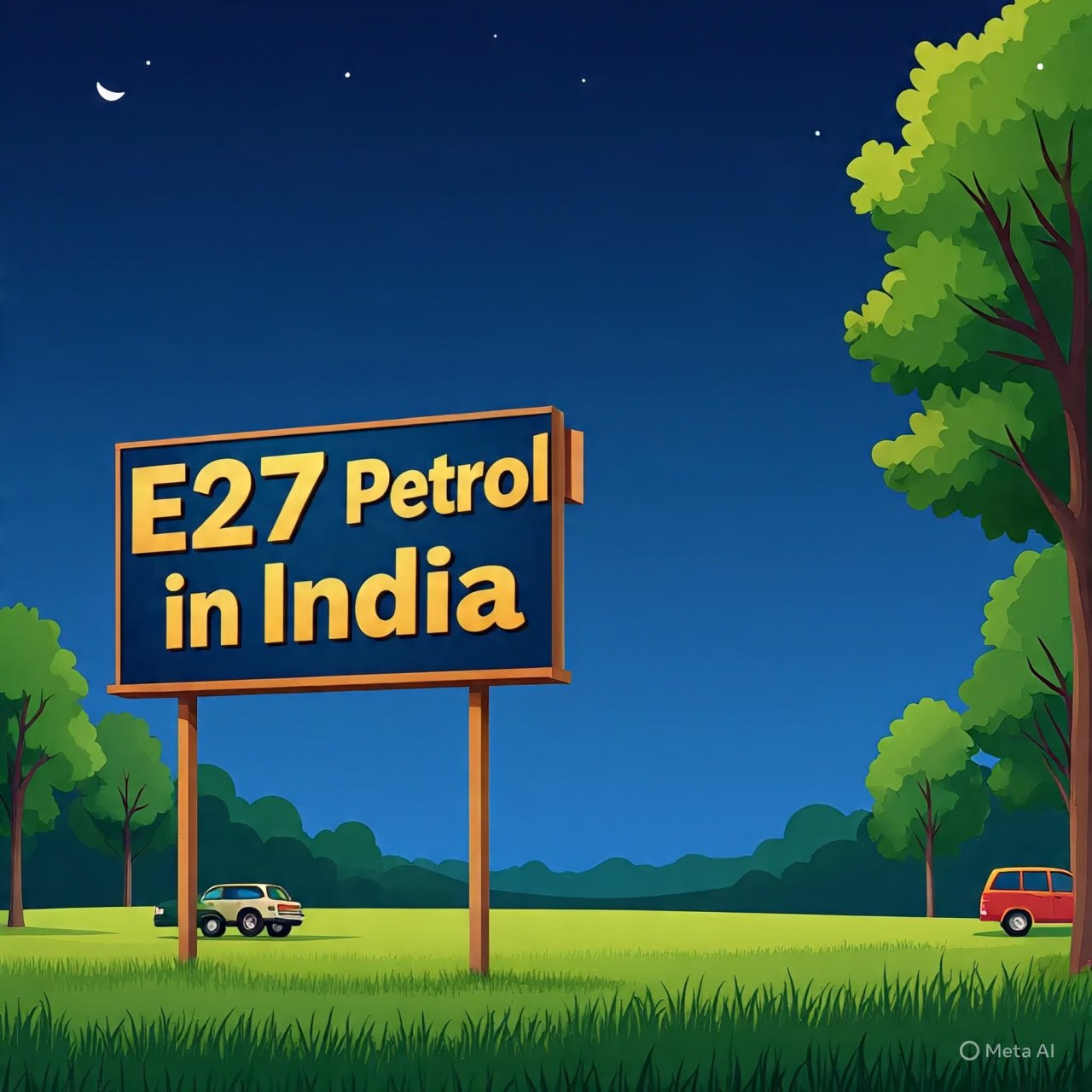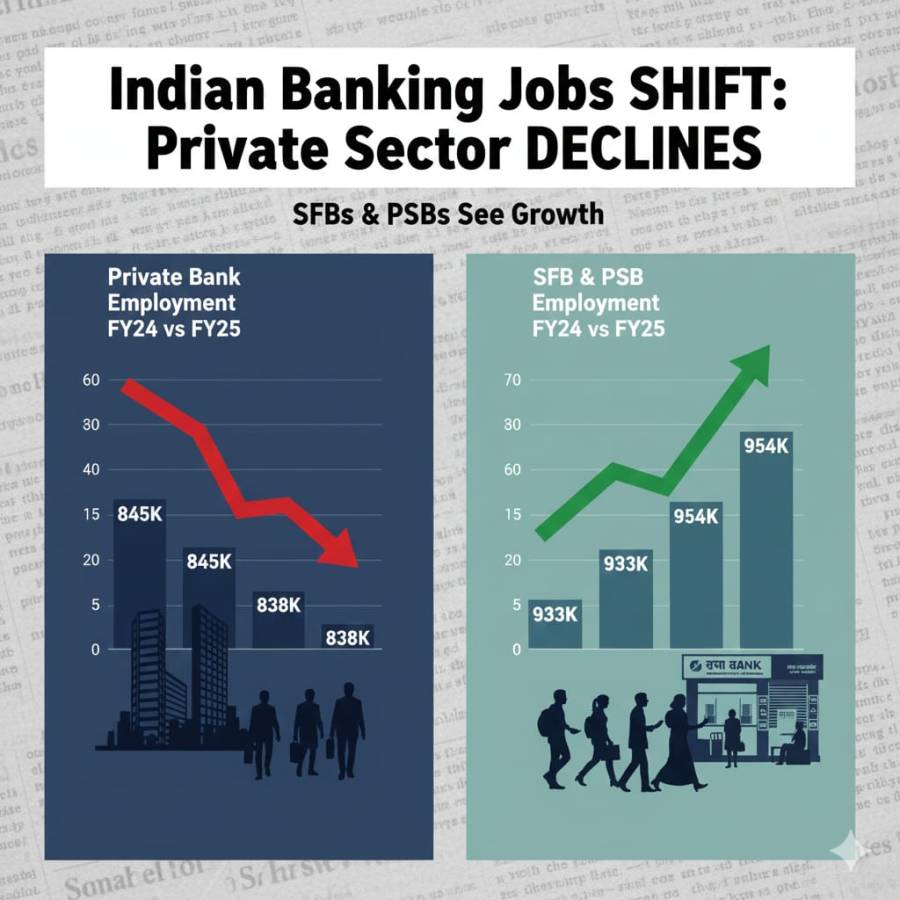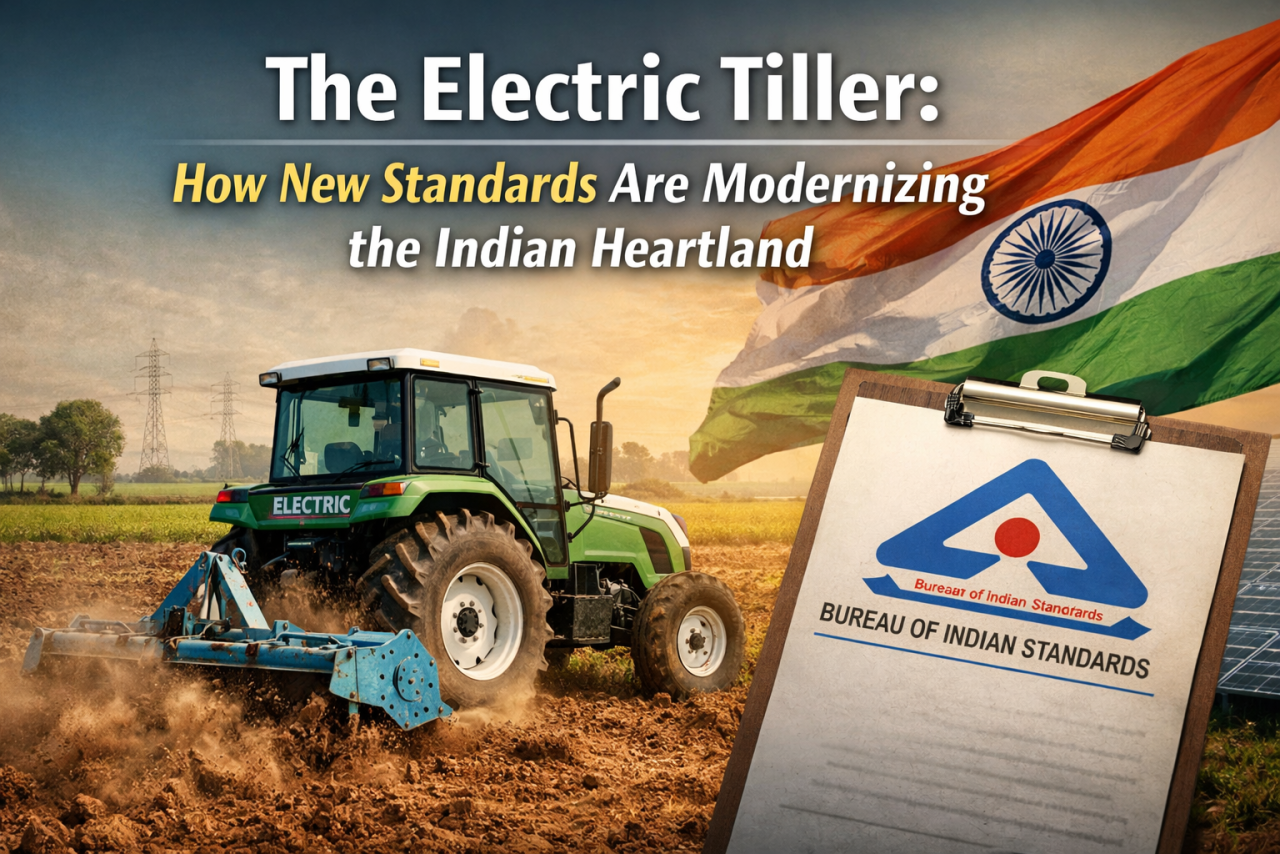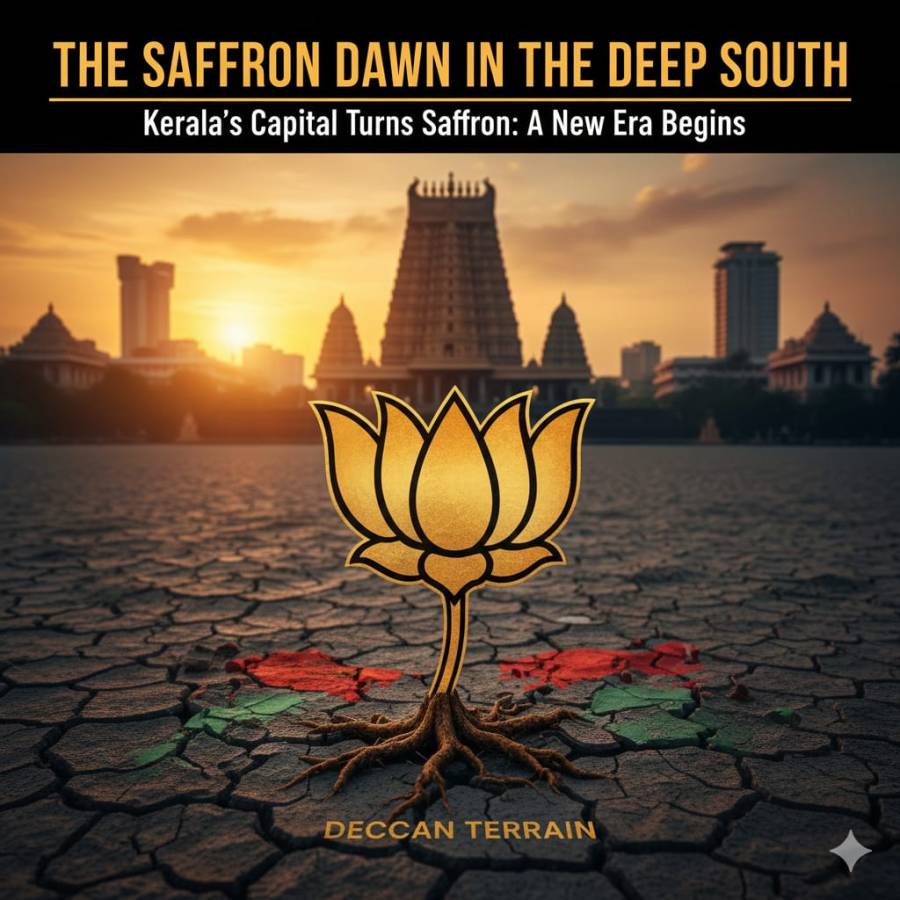
On paper, it reads like a bureaucrat’s bedtime story—cleaner air, reduced import bills, and a greener tomorrow, all thanks to the government’s shiny new plan to blend 27% ethanol into petrol (E27). A win-win, they say. But dig a little deeper, and the sheen starts to wear off. For the average Indian consumer, this isn’t a fuel revolution—it’s a potentially costly detour masked as progress.
Apparently, we’re hitting two birds with one very expensive, very inefficient stone. On one hand, we save on importing crude oil. Bravo. On the other hand, we torch our car engines and wallets with fuel that slashes mileage by a generous 12–15%. What a deal! Drive more, pay more, and go green while you're at it. It's almost poetic.
Let’s not forget ethanol's charming little traits—corrosive nature, water absorption, and general engine-unfriendliness. It’s like feeding your car a slow poison and being told it’s a vitamin shot. Vehicles not built for high ethanol blends will now enjoy shorter lives and more frequent trips to the mechanic—lucky us.
And in case you were wondering—no, there’s no whisper of a plan to reduce fuel prices to offset the mileage dip. After all, our household budgets clearly have a secret compartment labelled “For Government Experiments.” Infrastructure upgrades? Consumer safeguards? Transparency? Minor details, it seems. When optics take the wheel, groundwork is just an optional extra.
In conclusion, while saving the planet is a noble cause, doing it at the cost of the average citizen’s peace of mind (and bank balance) is hardly noble. Perhaps, before rushing headfirst into ethanol enthusiasm, the powers-that-be could pause and ask: Are we solving a problem, or just creating a more expensive one?
Why India's War on Car Emissions Feels Misguided?
In its aggressive dash toward cleaner skies, the Indian government appears to have hit the gas a little too hard—on the wrong lane. With little technical readiness and even less public consultation, this ethanol push—while wrapped in the familiar green ribbon of sustainability—has quietly saddled vehicle owners with lower mileage, increased engine wear, and a steadily rising fuel bill. With over 30 crore vehicles on Indian roads—of which nearly 12 crore are passenger cars and two-wheelers—the sudden switch risks widespread disruption. Ethanol blends are branded as climate-friendly, but experts and auto manufacturers alike have flagged that older internal combustion engines are ill-equipped to handle such fuel. The result? Reduced mileage (by 6–8%), engine corrosion, and increased maintenance costs—all without substantial CO₂ reduction gains.
At the same time, the biggest polluters—those with real muscle—continue business as usual. According to the Centre for Science and Environment, while vehicles contribute about 27% of urban PM2.5 levels, industries account for over 50%, with construction dust, road dust, and coal-based power plants making up the rest. Yet, policy and policing rarely touch these sectors with the same fervour. Consider this: Delhi’s construction and demolition waste output is estimated at 6,000 tonnes daily, yet enforcement of dust-control norms remains negligible. Coal still powers 55–60% of India’s electricity grid, emitting massive quantities of sulphur dioxide, nitrogen oxides, and fly ash. Meanwhile, India’s water bodies are choking—more than 60% of its rivers are polluted, as per the Central Pollution Control Board, largely due to untreated industrial effluents and domestic sewage, of which over 70% remains unprocessed.
Automobile Sector Already Under Pressure
Car manufacturers in India are not yet prepared for the nationwide rollout of E27 petrol, and the implications could be far-reaching. Ethanol, while touted as a cleaner-burning alternative, is chemically aggressive—it absorbs water, corrodes metal parts, and degrades rubber components like fuel lines, gaskets, and seals. Most of the vehicles currently on Indian roads—especially older or budget models—were built for E10 or, at best, E20 compatibility. Pushing E27 without adequate transition time or mechanical upgrades could lead to widespread engine damage, fuel system failures, and rising consumer dissatisfaction. While a few global automakers have begun R&D on flex-fuel vehicles, true E27-compatible engines are still years away from mass production in India.
This forced shift also risks derailing an already fragile auto sector, which has been grappling with pandemic aftershocks, semiconductor shortages, and lukewarm demand in the entry-level and mid-range segments. The transition to E27 would require extensive reengineering, costly certification processes, and retooling of manufacturing lines—all of which translate to higher production costs and, eventually, higher sticker prices. Smaller automakers and two-wheeler manufacturers may find it particularly difficult to keep pace, potentially leading to market contraction or consolidation. Instead of a strategic green pivot, E27 could become an economic speed bump—hurting consumers, straining the supply chain, and threatening the affordability that has long defined India’s automobile market.
Final Take: A Misfiring Green Revolution
The E27 petrol rollout, though cloaked in environmental ambition, seems less like a thoughtful transition and more like a premature policy experiment with real-world consequences. By prioritising optics over infrastructure and mandating fuel standards without technical readiness, the government risks pushing both consumers and carmakers into an avoidable crisis. The environmental gains, while desirable, must not come at the cost of engine health, economic stability, and public trust. If true sustainability is the goal, India needs a far more balanced approach—one that includes genuine stakeholder consultation, gradual implementation, infrastructure support, and parallel accountability across all polluting sectors. Until then, E27 feels less like a green revolution and more like a high-octane gamble.
shubhajit chakraborty
chakraborty.shubhajit@gmail.com





















